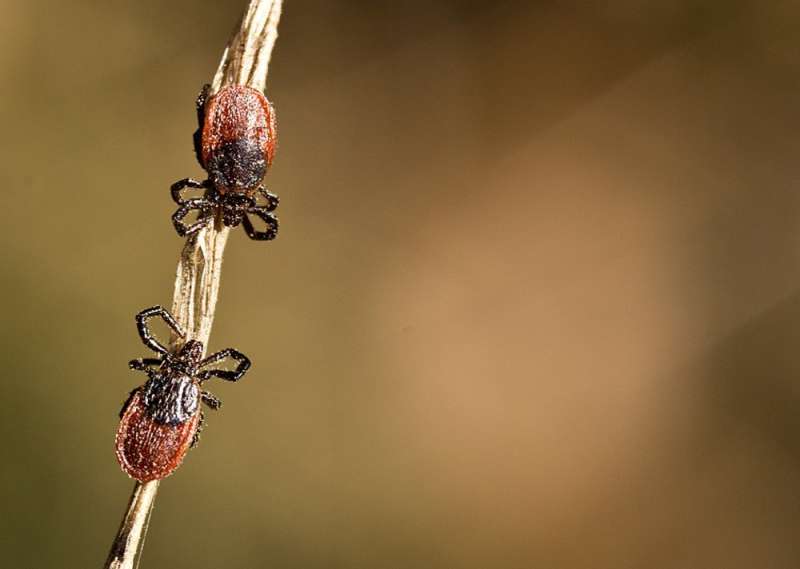Citizen science supports tick-borne disease research

A nationwide investigation of the prevalence and distribution of ticks and exposure to tick-borne diseases highlights the value of public participation in science. The study, published on July 11th in the open-access journal PLOS ONE, was conducted by Nathan Nieto of Northern Arizona University and colleagues, and funded by Bay Area Lyme Foundation.
Tick-borne pathogens have emerged or have expanded their geographic range throughout North America and are currently the most frequently reported vector-borne disease threat in the United States. However, data on the risk of tick-borne diseases are often only relevant to a relatively small geographic area. When tick-borne diseases do not occur, data on exposure to vectors and pathogens can be difficult to determine. Moreover, research studies on human contact with ticks have typically been small in scale due to logistical and cost constraints.
To broaden the geographic investigation and surveillance of ticks and tick-borne pathogens, Nieto and colleagues leveraged citizen science—the process by which members of the public collaborate with scientists to collect data—by utilizing data secured through a free tick testing program offered by Bay Area Lyme Foundation. Residents from across the US were asked to mail ticks they encountered to the study. Citizen scientists sent a total of 16,080 ticks, comprising 13 species from 49 states, including tick location and other key information. The researchers screened the ticks for pathogens such as Borrelia burgdorferi, the bacterium that causes Lyme disease, and Babesia microti, a protozoan parasite that causes a disease called human babesiosis.
The researchers identified patterns of local disease risk and tick contact with humans throughout the year, and found the data gathered by citizen scientists generally corroborated well with previous records on tick distribution ranges. The study found ticks capable of carrying Lyme and other tick-borne diseases in 83 counties (in 24 states) where these ticks had not been previously recorded. The study also identified Babesia microti in several states where this pathogen has not caused reportable disease.
According to the authors, the data provide additional insight into the ecology and epidemiology of tick-borne diseases and could inform predictive models of their spread. The study also demonstrates that citizen science data on tick ecology, combined with pathogen screening, offer insights into geographic patterns of these organisms at a scale that is difficult to achieve by laboratories or government agencies.
"Utilizing citizen science could be a broadly efficient way of filling a large gap that currently exists in our understanding of tick-borne disease risk. This study offers a unique perspective, as it looks at risk to humans that goes beyond the physician-reported infection rates and involved ticks that were found on or near people," Nieto says.
More information: Nieto NC, Porter WT, Wachara JC, Lowrey TJ, Martin L, Motyka PJ, et al. (2018) Using citizen science to describe the prevalence and distribution of tick bite and exposure to tick-borne diseases in the United States. PLoS ONE 13(7): e0199644. doi.org/10.1371/journal.pone.0199644
















